Creating Space for Solutions
What happened on kyu House Day 2.
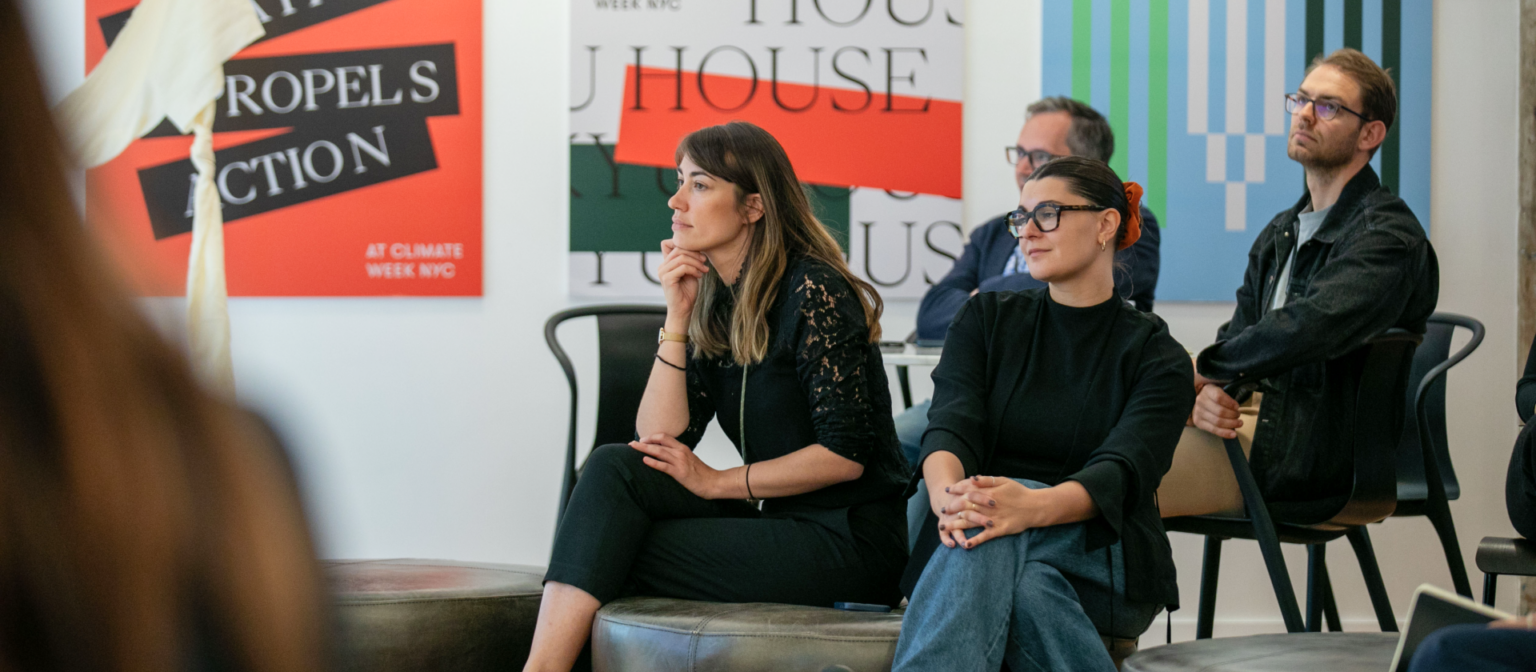
On its first day, kyu House kicked off its Climate New York programming with a big question: What does leadership look like in a time of climate crisis? Day 2 was full of intimate sessions, panels and workshops about creating space to find solutions in realms as diverse as consumer lifestyle to AI.
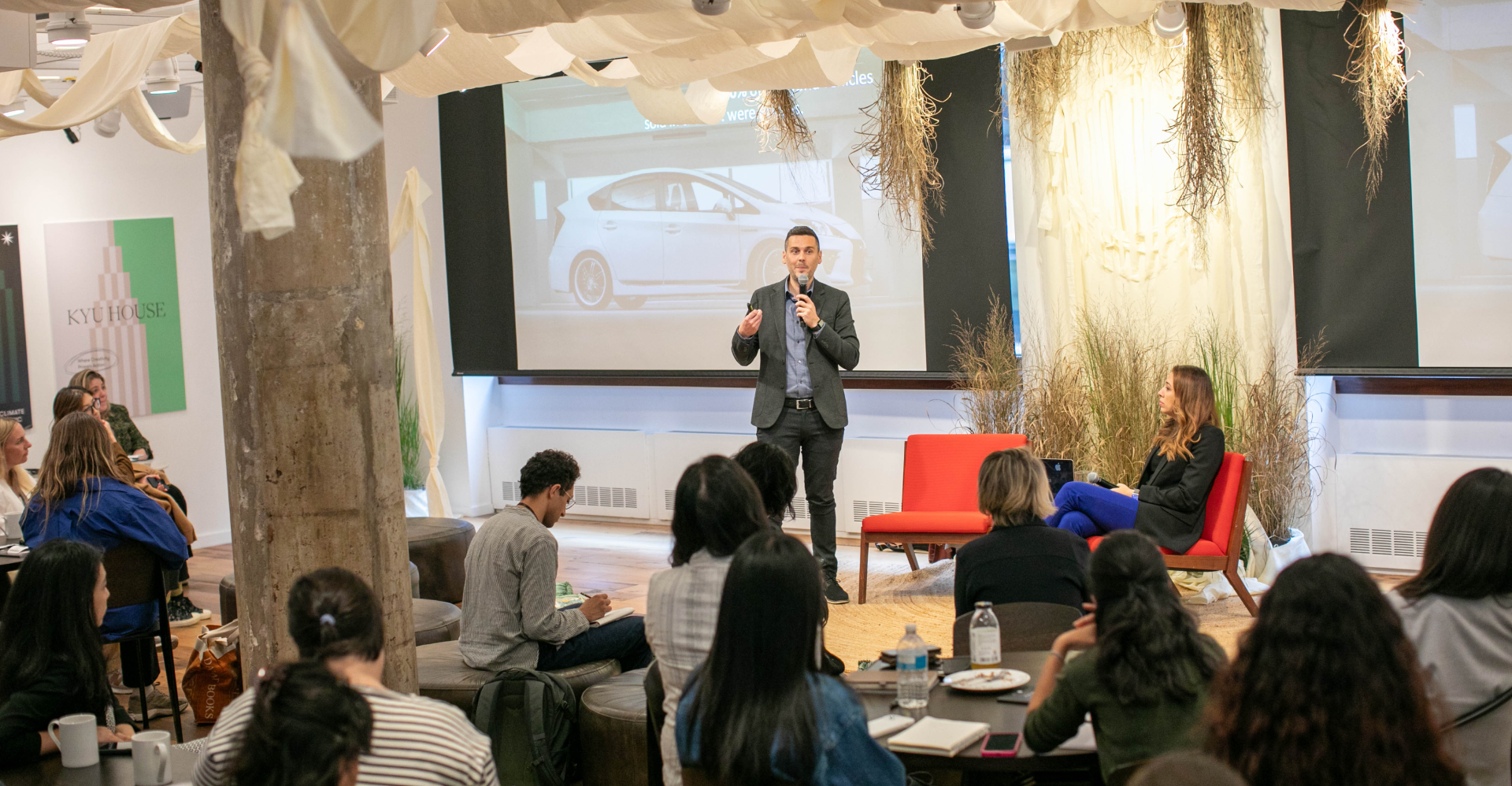
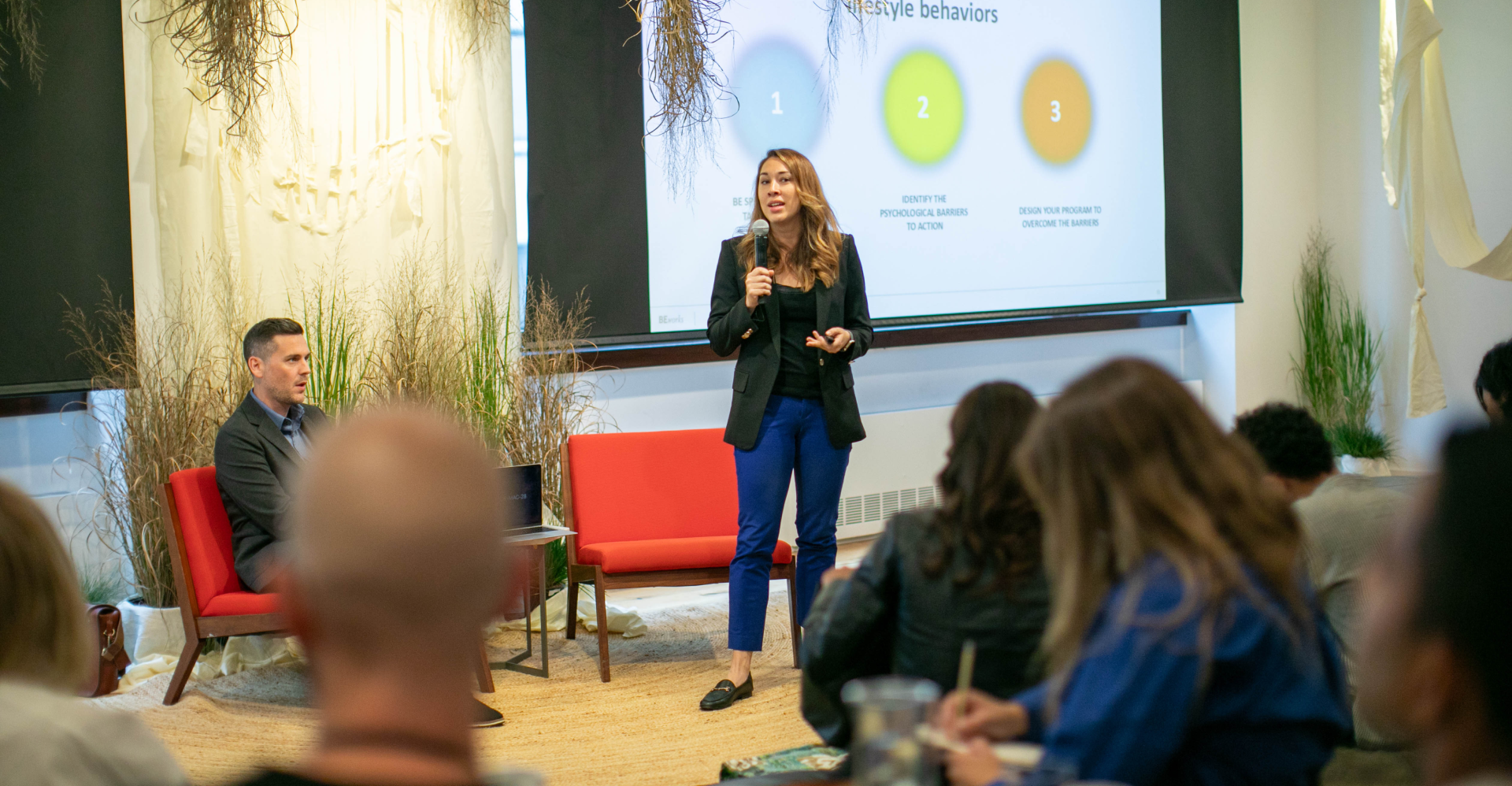
Hundreds of psychological barriers cut across sustainable lifestyle choices so it’s vital to design products and communicate campaigns with citizen and consumer psychology in mind. Most sustainable lifestyle changes are focused on the outcome instead of the behavior that needs to change; drawing awareness to an issue is not enough.
Thomson recounted a BEworks-designed campaign that yielded a 40% reduction in household food waste — without sleek messaging on sustainability or carbon reduction — by making it easier for busy, working families to whip up a healthy dinner from ingredients already on hand.
“We realized we needed to make this easier,” Thomson said. “It was about making a pain point in people’s lives go away.” The outcome was an incredible environmental impact and economic savings.
The pair also shared a simple shorthand for behavior change: Make it easier. Make it relevant. Make it social.
Session Recap
Low Carbon Lifestyles: Blueprinting Behavioral Change
When it comes to sustainable lifestyle decisions, people are extremely motivated at the outset, but there is a significant drop-off when it comes to actually making the change.
BEworks made this point in their session, “Low Carbon Lifestyles: Blueprinting Behavioral Change.” It’s not that people are uninformed or unmotivated to make sustainable choices but that “cognitive and psychological barriers and biases are actually preventing us from acting in accord with our stated intentions,” said VP of strategy David Thomson, explaining the value-action gap.
Identifying these barriers and biases is the first step in designing solutions to overcome them. Senior strategist Angela Cooper led a thought experiment asking attendees to imagine themselves turning down their thermostats in the height of summer. She explained our psychology was working to bias us towards our present comfort (and a cool breeze) over future financial savings and other ecological benefits, creating friction in our will to turn off the A/C.

Session Recap
The Space Between Climate & AI
In the past year, many leaders have shifted priorities and moved budgets towards innovation in AI at the expense of climate. To examine this further, Sandra Topić, AI for Good Lead at Amazon Web Services (AWS) joined Sergio Fregoni, Executive Director of IDEO to talk about “The Space Between Climate & AI.”
With IDEO’s human-centered design approach in mind, Fregoni thinks the priority shift is a false choice. “Similar to the Internet Era, the company in the Climate Era will look different. It will have to operate differently,” he said. “It’s a process of transformation. We believe that embracing AI and technology and nature will become the building blocks of their future offers.”
Technologists can get into the habit of talking about design — like a nice user interface — but good design begins much further upstream. Fregoni begins by asking clients why they are looking for technical solutions.
As a techno-optimist, Topić wants to make sure AI is accessible for everyone, especially the organizations on the frontline of solving the world’s most pressing challenges. AI for Good at AWS supports mission-driven organizations by giving them access to leading technological expertise and resources to build AI solutions.
Topić has seen AI for Good partners identify wildfires in Greece faster and with more accuracy, collaborate on data sets to monitor the health of coral reefs, and use machine learning and geospatial capabilities to track deforestation and create predictive models for areas at risk for illegal logging.
“Let’s make sure that AI benefits all eight billion people in the world,” said Topić, “not just eight geeks like me and Sergio in some Western world glass building.”
Their other notes:
- You don’t have to be a hardcore technologist or programmer to work with AI, to benefit from AI, and to know how AI works.
- The internet exponentially increased our sphere of influence. AI is a natural tool to understand the consequences of our actions at scale.
- AI can optimize both the design and organizational processes to create economic and planetary value.
Highlights From Tuesday
- In an interactive session, Kepler CEO Rick Greenberg and IDEO Chair Tim Brown came together to discuss how designers and marketers can close the gap between intention and action around responsible consumption. How do we make green products more desirable without relying solely on the “green is good” message?
Once the leaders opened the conversation up to the audience, questions about trendiness, accessibility, and solutions-oriented communication had the room buzzing with inspiration.
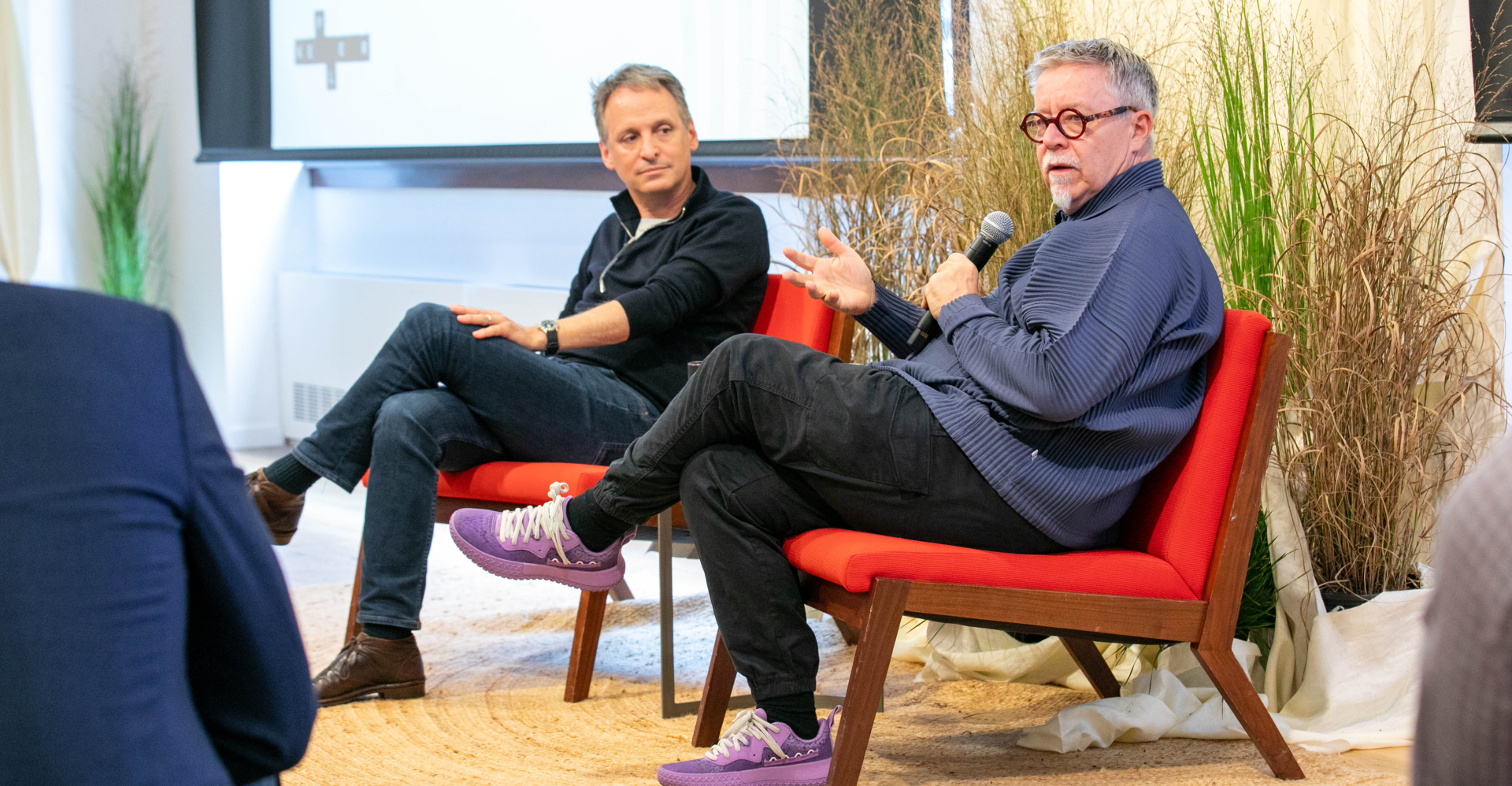
C2 took on the subject of sustainability in experiences in a session that brought together Chris Albert (former EVP, Marketing & Communications at National Geographic), Laurie Jennings (GM, Good Housekeeping), and Lucy Bai (Sustainability Manager, Nespresso USA). The group talked crafting powerful stories that audiences and consumers can invest in while avoiding the temptation to overpromise or “greenwash.”
“Every single choice to make every single day has an element of sustainability in it,” said Jennings, who also underlined the importance of including everyone in the climate conversation.

